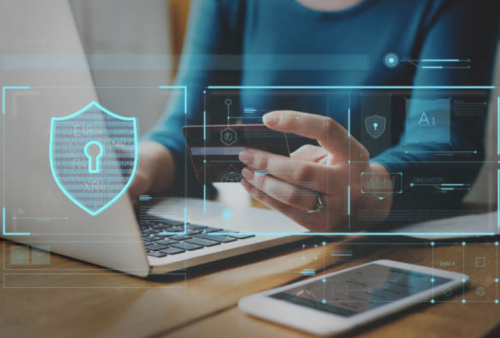
In 2022, identity verification will be vital to many organizations’ security plans. Identity verification is the process that leads to a company being assured that the person, client, or customer is who they say they are. This is vital in the business world today as it can be an integral part of combatting identity theft and the fraudulent activities that spring from this. Banks and the finance sector rely heavily on such measures to minimize the risks of fraudulent activities and money laundering. In 2019, identity theft caused a loss of approximately $16.9 billion, so it is important to take every step to protect against this. This article describes three distinct ways in which identity verification can be undertaken by businesses so that fraud and malicious activities can be protected against.
Using biometrics
The use of biometrics identity verification has become widespread across a multitude of industries in recent years. This is partly due to the complexity of the processes involved and the assurances that the process can provide that the person is who they say they are. Biometrics are a person’s individual behavioral or physiological characteristics unique to them. Examples of specific biometrics include a person’s fingerprint or iris scan. Still, they can even include how a person walks or their typing style on a computer keyboard. When a biometrics identification system is set up, the user must scan themselves (i.e., their fingerprint or iris). The information provided by the user is cross-referenced against the held biometric data that the person has already submitted to the site. Algorithms are used to compare the two sets of data, and if they are deemed to be a match, the user is granted access to the system.
Knowledge-based authentication
Most people will have experienced the use of knowledge based authentication (KBA) in some form or other when they have been locked out of an account or have forgotten the password for a site. KBA is a method of authentication that requires the user to submit pieces of memorable personal data (e.g., what was their first school, what was the name of their first pet). When a user requires a password reset etc., they will be prompted to enter that personal information to regain access to the site. KBA has been used for several decades as a form of security against various forms of cybercrime. However, it is recognized to be relatively simplistic when compared to other forms of identity verification and, as a result, is not as secure.
Two-step authentication
Two step authentication is another form of identity verification and is commonly used by banking organizations and internet providers such as Google. For example, when you log onto your bank to do some internet banking, you will likely be asked to confirm a code on the login screen. Your bank will send the code, normally to your email, by SMS, or by way of a phone call. This is a reasonably secure method of ensuring that you are who you say you are before being granted access to sensitive personal or financial information.
Interesting Related Article: “How to Appeal on Amazon Suspension Due to Authentication?“
